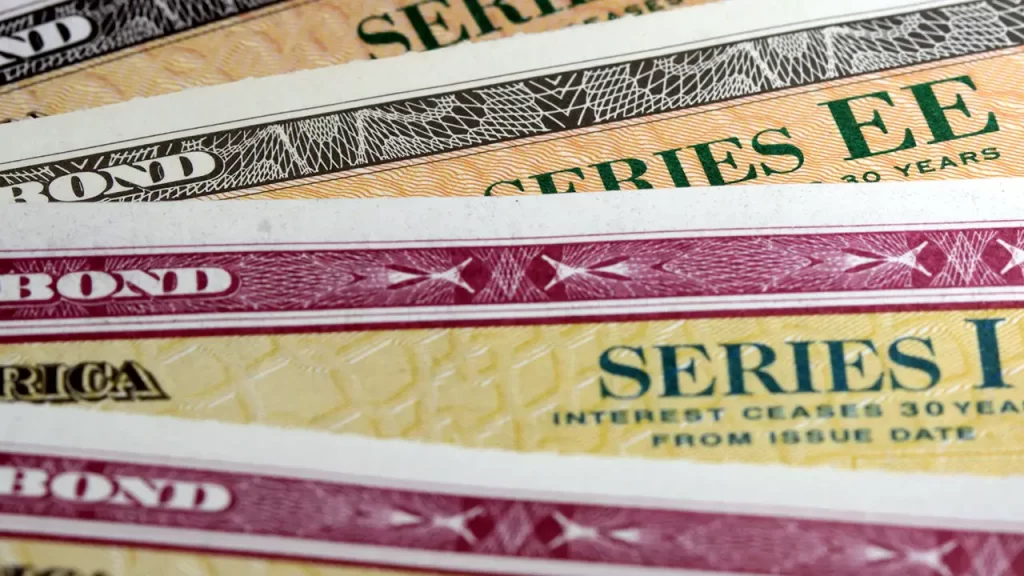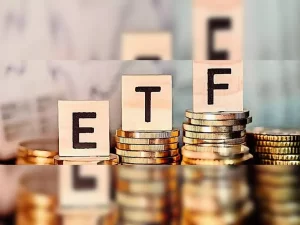
Treasury Bonds are a great way to invest in the market for the long term. These bonds are issued by the national government as a way to finance government spending. They usually include a commitment to repay the face value at maturity and pay periodic interest. There are many types of government bonds. Each one has its own pros and cons.
Depending on the maturity of the bond, you can choose a zero-coupon or a regular coupon bond. Unlike regular bonds, zero-coupon bonds pay no regular coupons and are sold below face value. At maturity, the investor receives the face value of the bond. These are also called Original Issue Discount (OID) bonds. When purchasing a STRIPS, it is important to consider the risk of the market and the risk of a zero-coupon bond.
One of the risks of Treasury bonds is the possibility of default. This risk arises when the issuer defaults on its obligations. The government can raise taxes to repay the debt. The interest rate on Treasury bonds is inversely related to the price of the bonds. However, there are some advantages to owning Treasury bonds.
Investing in Treasury Bonds is a great way to protect your money from inflation. The yield is fixed until maturity, but it is not guaranteed to rise or fall. You can expect a lower return if interest rates rise and inflation goes up. However, when interest rates are falling, the yield on Treasury bonds will drop.
Another great benefit of Treasury Bonds is that the proceeds from these securities help finance the operations of the federal government. They also help fund many other aspects of government. You can use the money to buy stocks or bonds, or you can even invest in real estate. For more information, visit www.treasury.gov/bonds or consult your financial advisor.
The risks are relatively low compared to other types of bonds. However, a lack of buyers may lead to an unplanned sell-off of U.S. Treasurys, causing a ripple effect across the markets. Such a sell-off could also give investors leverage to demand higher yields, which in turn would drive up the cost of all financial instruments.
The coupon rate refers to the interest rate that the investor will receive every six months. This rate is determined either by the prospectus or by the market. The prospectus also includes important information such as interest payments, taxation, and final redemption. If the investor selects this option, he or she will submit bids for the bond coupon rate. The Central Bank will then decide which bids to accept and which ones not, determining an average bond rate.
A Treasury bond is a debt security issued by the US government. These bonds have varying maturities and interest rates. The 30-year T-bond is the longest-maturity Treasury security. Ten-year T-notes, on the other hand, are shorter-term investments with a maturity of two to ten years.







